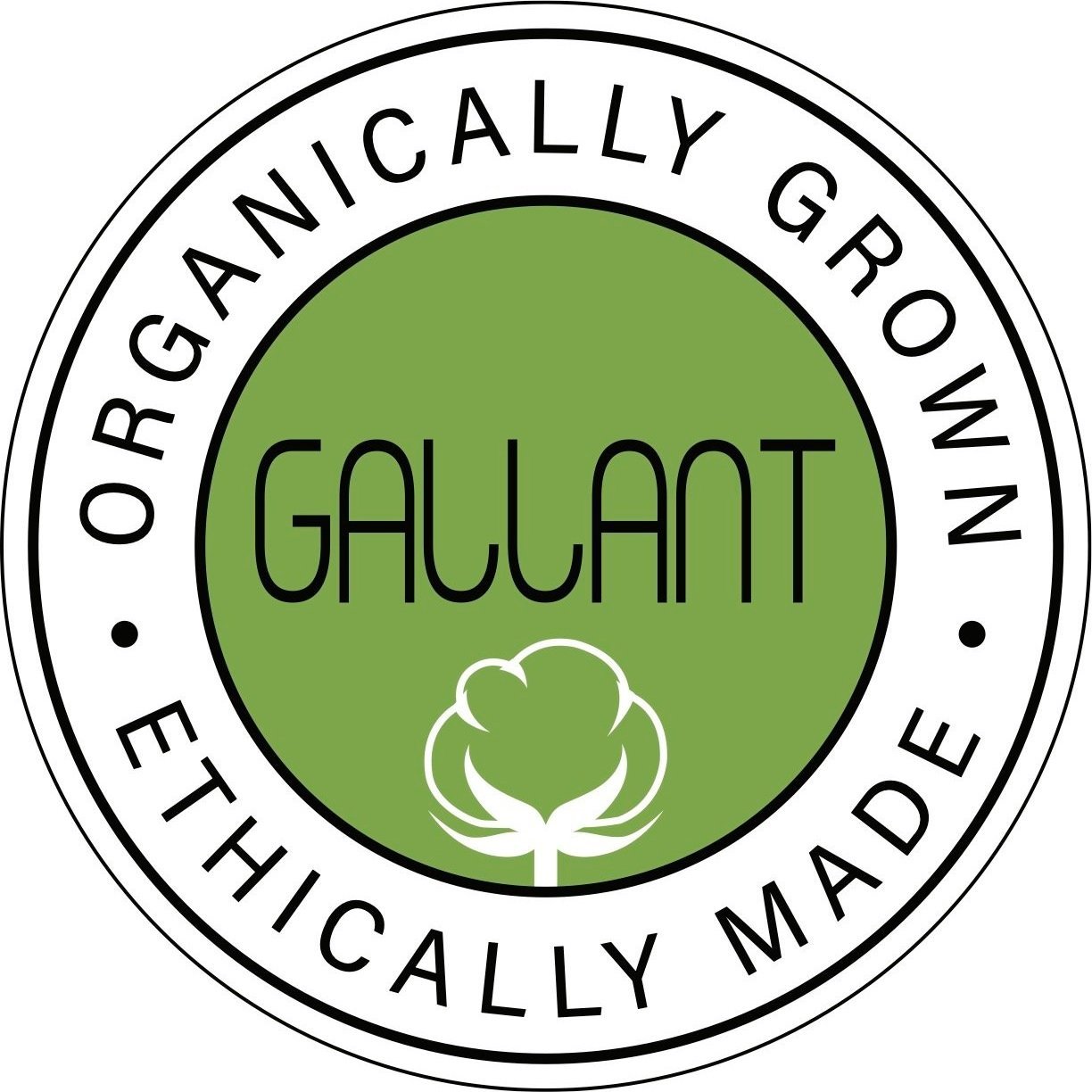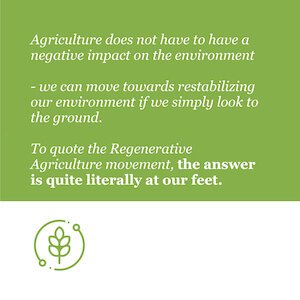How Many More Heatwaves?
Learn More About The Fight to Mitigate Climate Change
A heatwave is defined as a prolonged period of unusually and extremely hot temperatures in a given region. They are caused by a number of things - Andre Leu of Regeneration International outlines the disruption of our weather systems being attributed to the extra energy on earth. According to Andre Leu, our planet is already around 1.8 degrees Fahrenheit warmer than it was during the Industrial Revolution - a timestamp not chosen at random.
We currently have the highest levels of CO2 in the atmosphere even with the assistance of legislative action like the Paris Agreement or what can come from the Green New Deal. As sea levels rise and temperatures reach new heights, we can’t help but to look inward and examine -why is this happening?
While some of us reside in cities where our produce is brought to us and there is generally less awareness to where exactly our food comes from - farmers who are working through drought and sweltering heat are entirely aware that our food systems depend on acting now to rethink our methods and move towards sustainable agriculture immediately. Not only is it degrading the environment at a rapid pace, these practices are exposing farmers to harmful conditions as, according to Marc Fawcett-Atkinson of National Observer, “farmers are 20 times more likely to die from heat stress than all other occupations combined”, a harrowing reminder that issues of environmental justice are not separate from issues of human rights - they go hand in hand - by taking care of one, you are looking after the other.
Why Do We Have Heatwaves?
The answer is in the unfortunate truth - certain large corporations have put environmental issues at the backburner while prioritizing profitability and industrialization. The inevitability of the adverse effects on the planet has been overlooked as tomorrow’s problem. As time marches on, the other unfortunate truth is that tomorrow has arrived - we, as a collective community of people around the world, cannot afford to put this issue on the backburner for another moment.
A Solution Right Under Our Feet
Leu reminds us that, “Even if the world transitioned to 100 percent renewable energy tomorrow, this will not stop the temperature and sea level rises because it will take more than 100 years for the CO2 levels to drop.” We have reached a point where we can no longer afford to balance carbon emissions with a net-zero, we have to make active efforts to reverse the damage inflicted on Mother Earth. Fortunately, and to quote the movement of Regenerative Agriculture - the solution is under our feet! Through the years, one of the most impactful modes of mitigating the effects of climate change has been through tending to the soil and addressing the powerful and positive impact it can have on our world.
A few brands have caught on to the powerful impact of Regenerative Agriculture already and have changed their practices to reflect their values and a positive way forward - Christy Dawn, Alter Eco, and Patagonia Provisions.
Gallant International is working with 411 farmers, covering 1100 acres of organic cotton farmland, to certify ROC (Regenerative Organic Certified) cotton for this season of 2021 - more to come.
Cultivation and Conservation
Agroforestry, the cultivation and conservation of trees in agricultural practices, is another key player in mitigating the harmful effects of climate change. It can serve to balance out any overconsumption of resources and act to restore harmony to the ecosystems effected by harmful industrial agriculture practices.
Making The Transition
To reference Reversing Climate Change through Regenerative Agriculture once more, “Just transitioning 10 percent of agricultural production to best practice regenerative systems will sequester enough CO2 to reverse climate change and restore the global climate [...] These examples are shovel-ready solutions as they are based on existing practices. There is no need to invest in expensive, potentially dangerous and unproven technologies such as carbon capture and storage or geo-engineering. All that is needed is to scale up the existing good regenerative agriculture practices.” We have everything we need, we just need to start actively making the right choices and transition at least 10% of agricultural production to practice regenerative agriculture.
In the Climate Change column of the New York Times, Coral Davenport outlines that the Biden Administration, “would form an interagency Heat Illness Prevention Work Group to provide a better understanding of the challenges and best way to protect workers from heat injuries. In addition to writing the new rule, the Labor Department will prioritize heat-related interventions and work inspections on days when the heat index exceeds 80 degrees.” The administration goes on to assure that by next summer these regulations will be in place. The answer is quite literally sitting at our feet and all there is left to do is utilize the assistance that the earth has provided for us. If we allow the soil to do what it does naturally, regenerate and sequester carbon emissions, we can prevent a world that necessitates a heat prevention work group or legislative action to monitor poor working conditions due to extreme rises in temperature.
Farewell, Summer
As we move into autumn, regions are seeing lower temperatures than in the months before - as we move into winter it may seem like less of a pressing issue. Through the horrible loss of lives and of homes during the parade of hurricanes just a few weeks ago and the unimaginable rises of temperature in regions that were underprepared to function, we cannot afford to put this on the back burner for a moment longer. Agricultural practices must begin incorporating regenerative agriculture and agroforestry into their systems as part of our efforts to alleviate the damage and strain that industrialization has put on the environment. We are so fortunate to have a solution sitting at the topsoil, just below our feet. We can move towards an abundant food system that prioritizes the lives of farmers alongside the wellbeing of the surrounding ecosystems.
Agriculture does not have to have a negative impact on the environment - we can move towards restabilizing our environment if we simply look to the ground.
Gallant International specializes in organic and Fairtrade cotton products, helping brands and companies on their sustainable journey with a traceable and ethical supply chain. If you are looking to incorporate organic and Fairtrade cotton products into your collection, please contact us with your inquiries at gallant@gallantint.com or give us a call at 949-680-4004.




